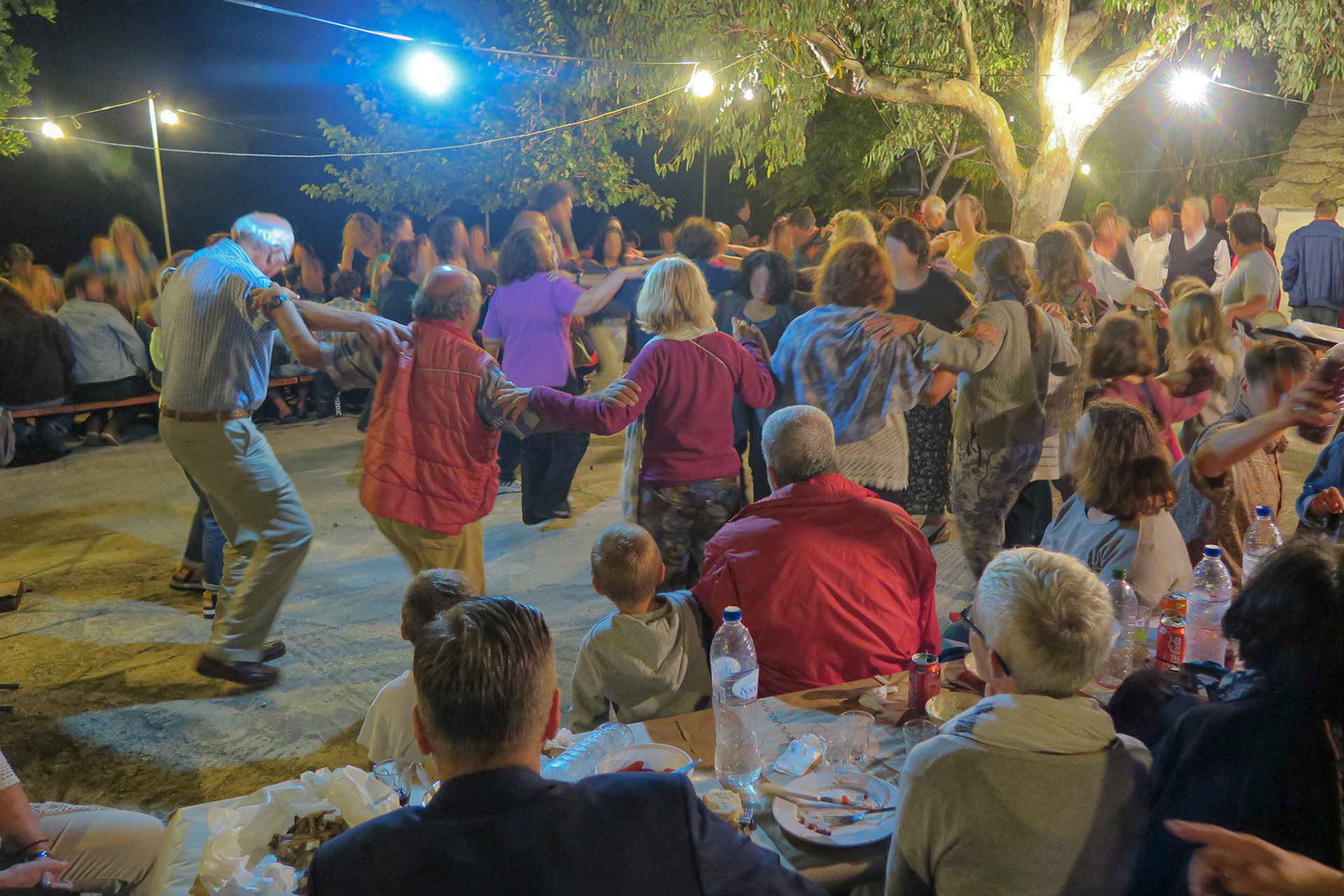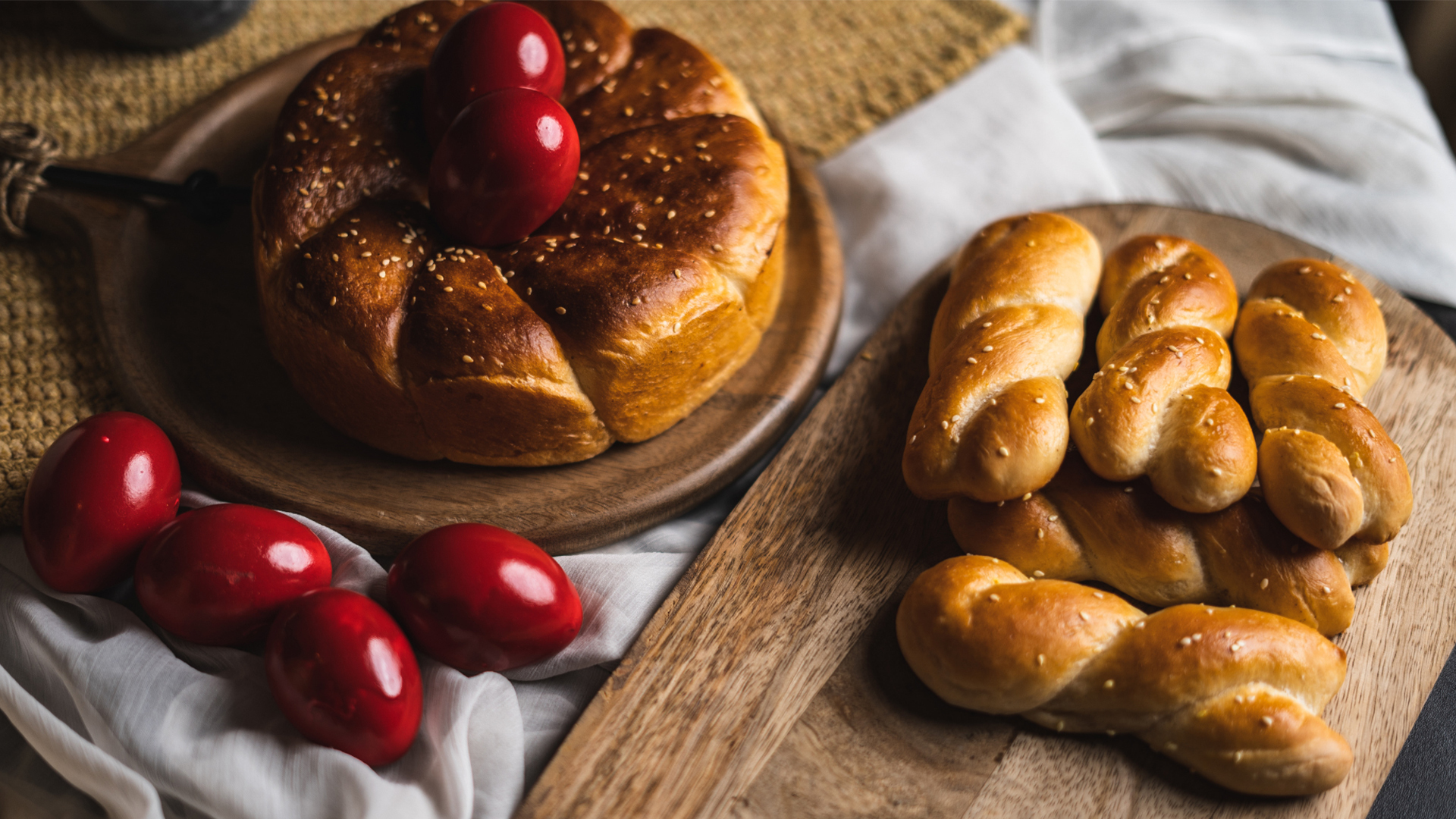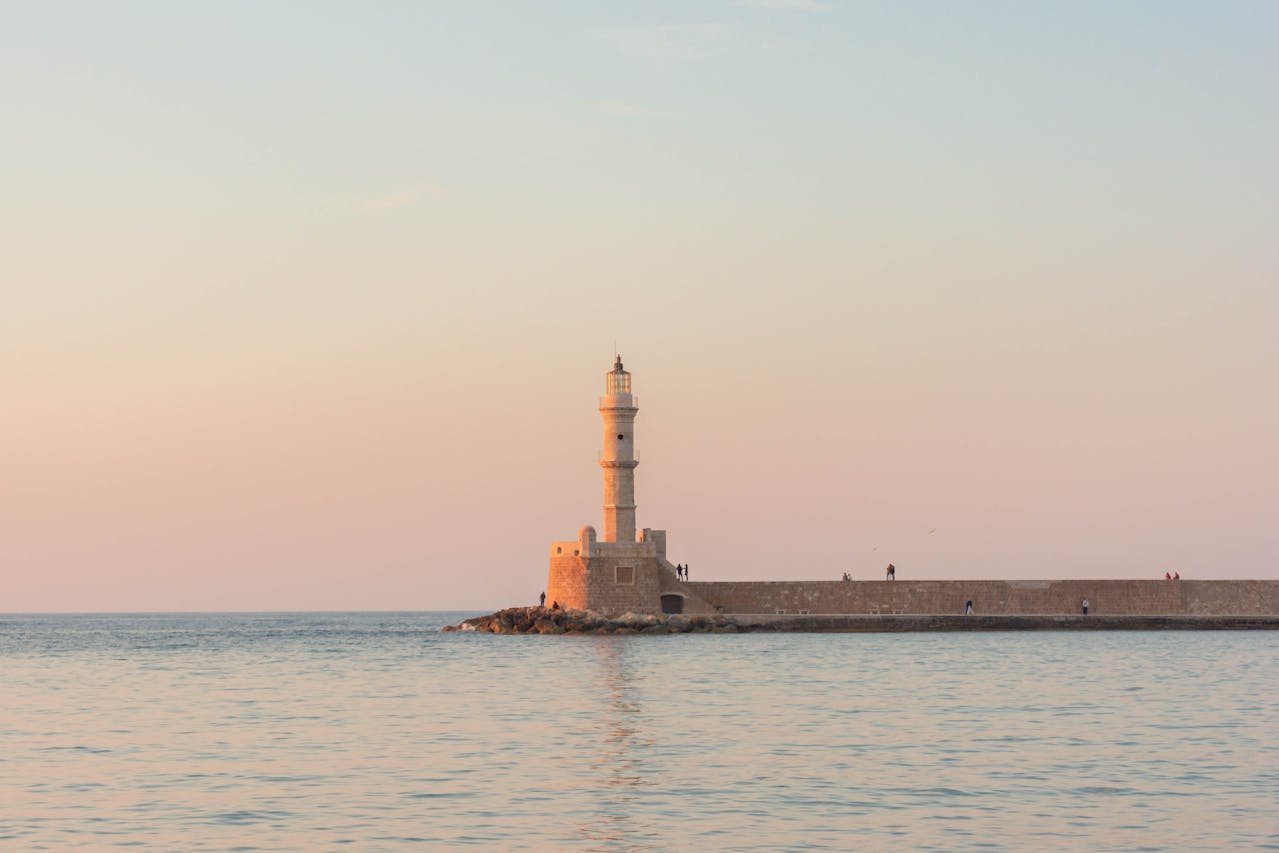Easter in Crete is a time of celebration, reflection, and, of course, food! The island's…

Cretan Music and Instruments: A Rich Tradition
Cretan music is an essential part of the island’s cultural identity, deeply connected to its history, customs, and way of life. Its melodies and rhythms evoke the spirit of Crete, capturing the island’s wild landscapes, its resilience, and the emotions of its people. Whether played at local celebrations, festivals, or intimate gatherings, Cretan music is a living tradition that continues to thrive and evolve.
The Instruments of Crete
At the heart of Cretan music is the lyra, a three-stringed, bowed instrument that is central to the island’s sound. The lyra is small, and it produces a distinctive, soulful melody that is often described as both melancholic and uplifting. Its sound is immediately recognizable and is said to reflect the rugged beauty of Crete itself.
The laouto, or Cretan lute, is another key instrument. Larger and louder than the lyra, the laouto is usually played in accompaniment, providing rhythmic structure and a deep, resonant sound. While the lyra leads with its melodies, the laouto adds depth with its complex rhythms and harmonies, often played in fast, intricate patterns that complement the dancers’ movements.
Other traditional instruments include the mandolin, often used in folk music across Greece, and the askomandoura, a type of bagpipe unique to Crete. The askomandoura has a more rustic sound and is traditionally used in rural areas for local festivals and celebrations. While less commonly seen today, it remains an important symbol of Crete’s musical heritage.
The Role of Music in Cretan Life
Music is woven into the fabric of daily life in Crete. It plays a central role in religious festivals, weddings, and local glendi (celebrations), where entire communities gather to sing, dance, and honor their traditions. Songs often tell stories of love, war, heroism, and nature, with many tunes reflecting the island’s long history of resistance and resilience.
Traditional Cretan dances, like the energetic Pentozali and the slower Syrtos, are closely tied to the island’s music. These dances are performed at both formal events and impromptu gatherings, with participants moving in sync with the music, celebrating their shared heritage and community.
Modern Evolution of Cretan Music
While traditional music remains at the heart of Cretan culture, the island’s sound is also evolving. Modern musicians are blending traditional Cretan instruments and melodies with contemporary genres, creating fresh interpretations of folk music. Artists like Psarantonis and Xylouris have brought Cretan music to international audiences, incorporating rock, jazz, and experimental elements into their work while maintaining the deep emotional resonance of their roots.
This fusion of old and new is particularly evident at events like the Houdetsi Music Festival in Heraklion and the vibrant summer panigiria (village festivals) that take place across Crete. At Houdetsi, musicians from around the world gather to experiment with Cretan sounds, blending traditional instruments like the lyra and laouto with modern influences, creating a unique cross-cultural musical experience. Meanwhile, the panigiria, which are rooted in local customs and often held in honor of saints, celebrate Cretan heritage through traditional music, dancing, and feasting. These festivals bridge the past and present, offering spaces where ancient Cretan traditions thrive alongside modern interpretations, highlighting the island’s rich and evolving musical landscape.
Conclusion
Cretan music is a vital expression of the island’s soul, from the timeless sound of the lyra and the driving rhythms of the laouto to the stories embedded in its songs and dances. Whether experienced in a mountain village or at a contemporary music festival, Cretan music continues to captivate listeners, preserving the island’s traditions while embracing new possibilities.



